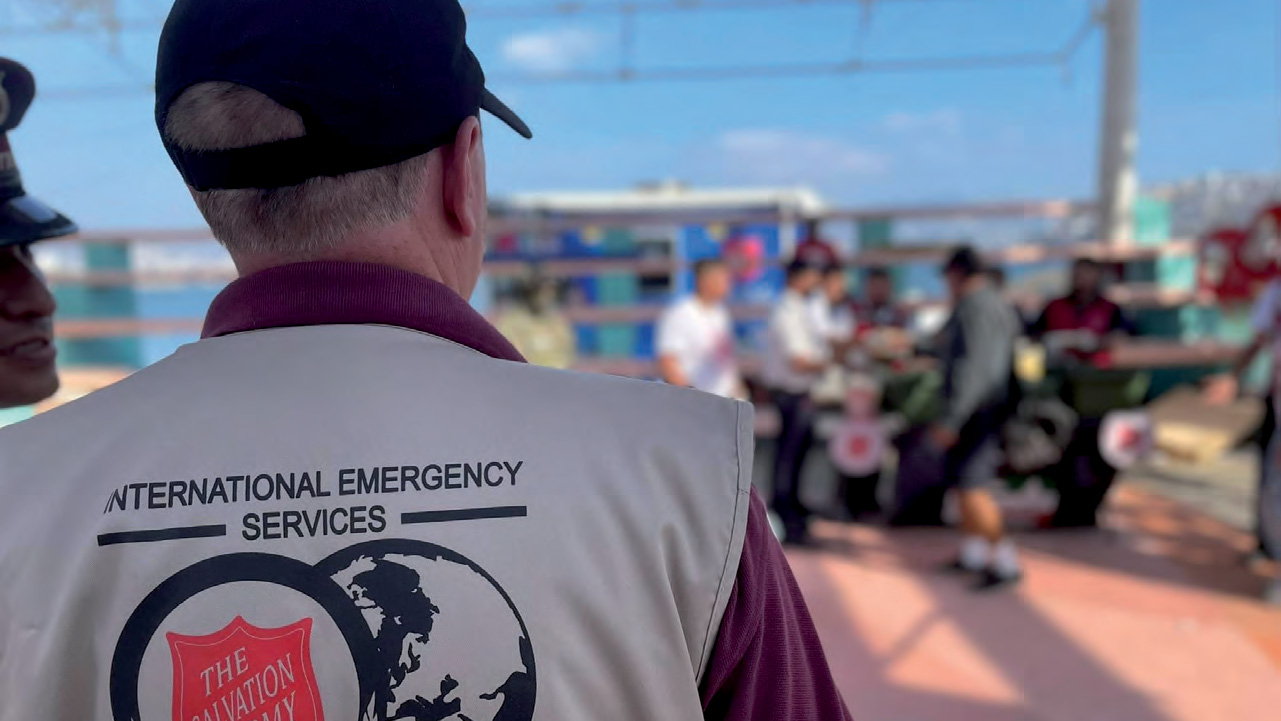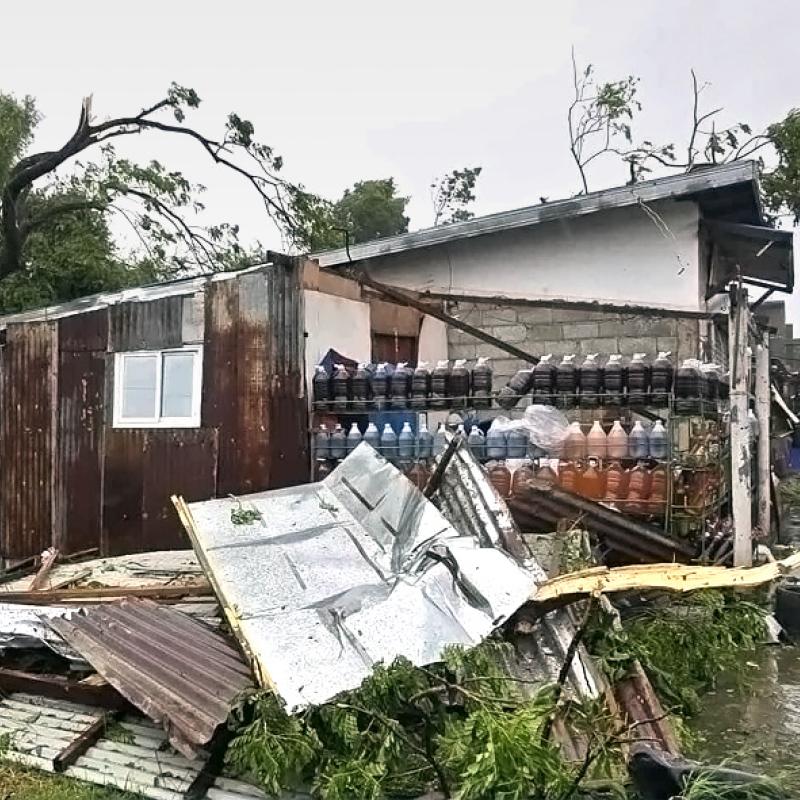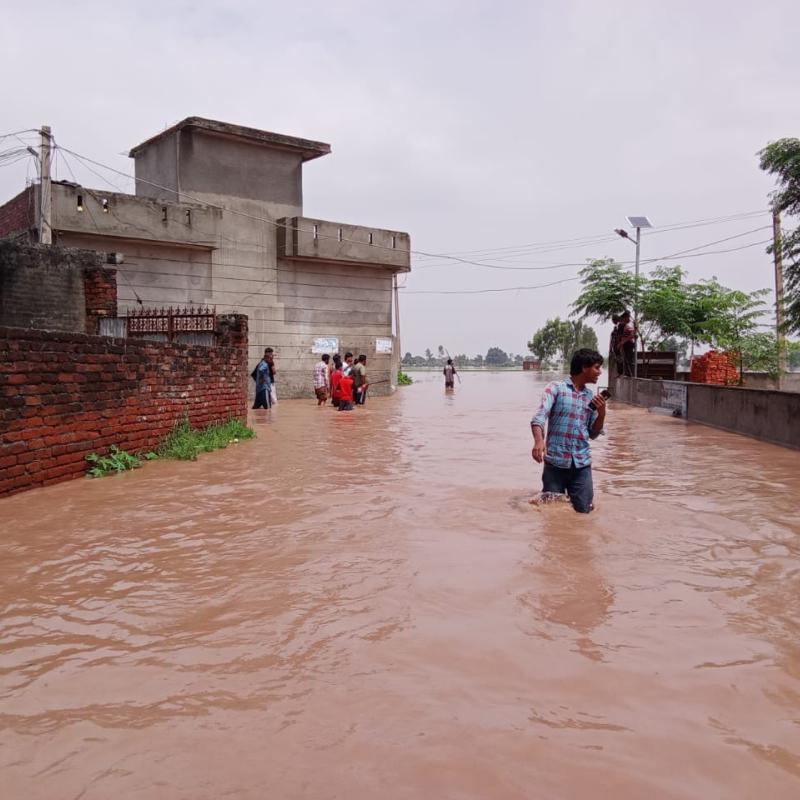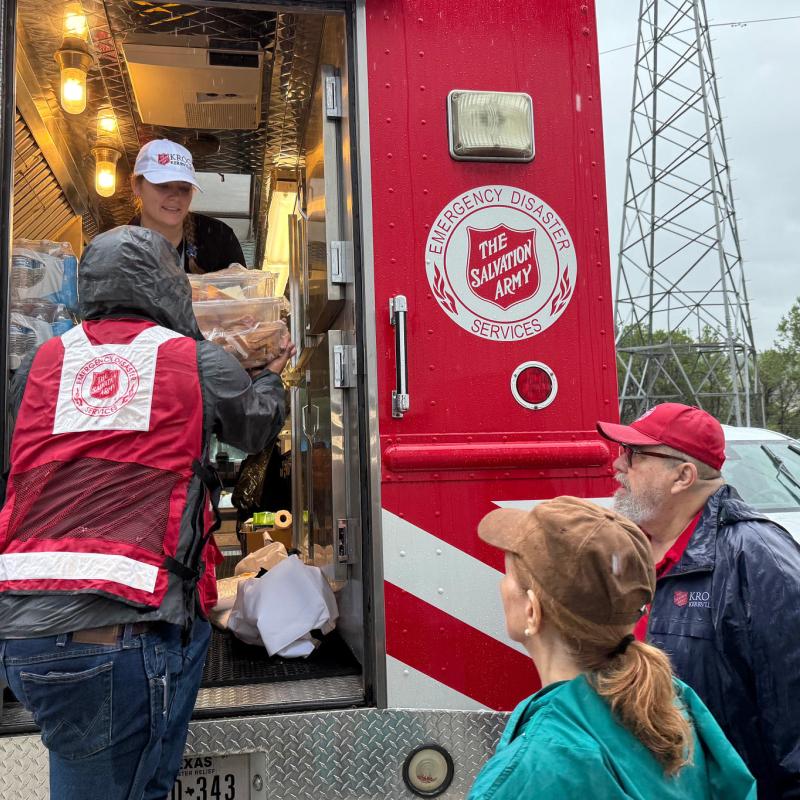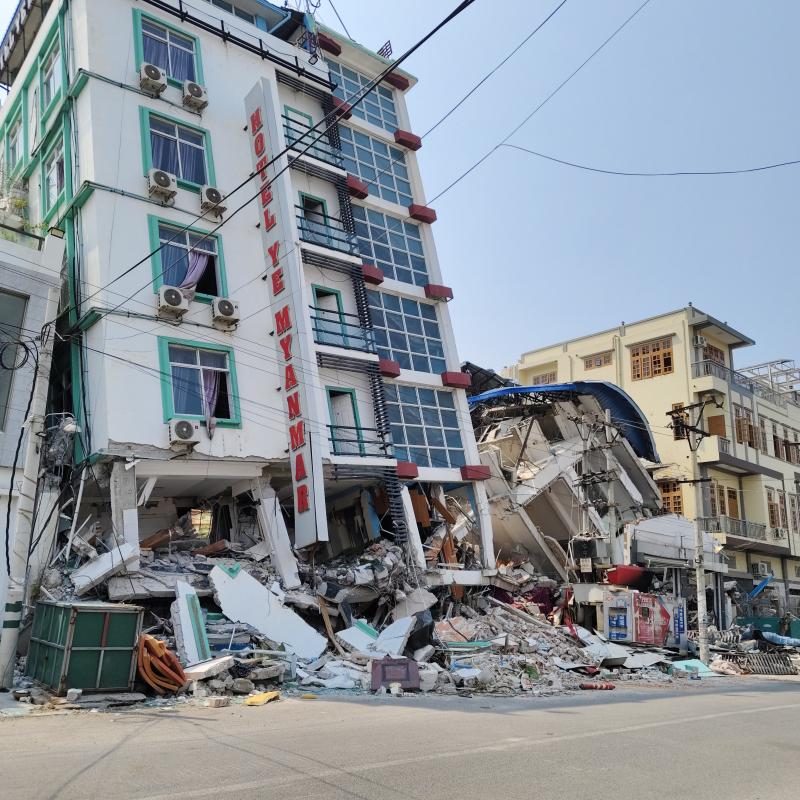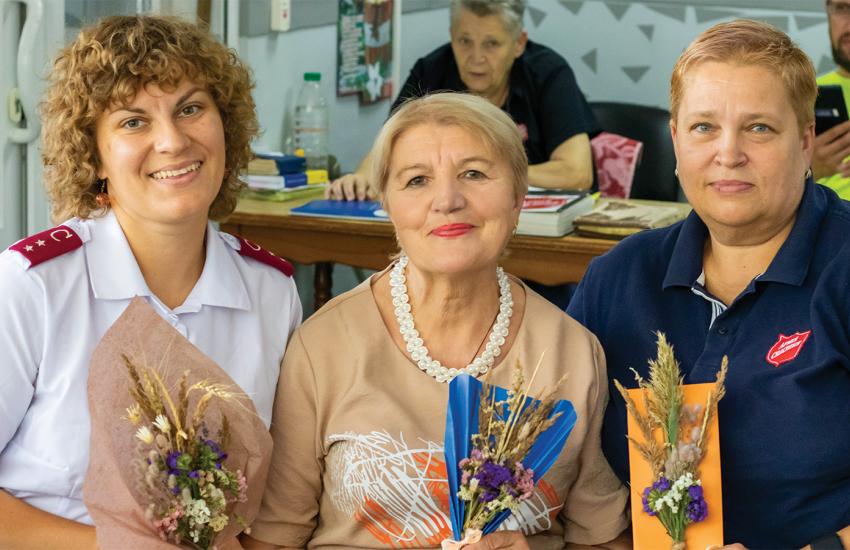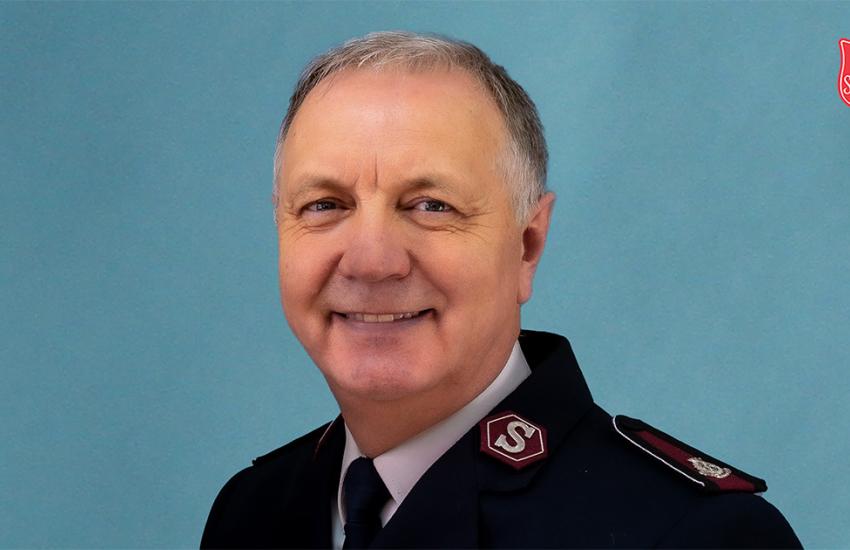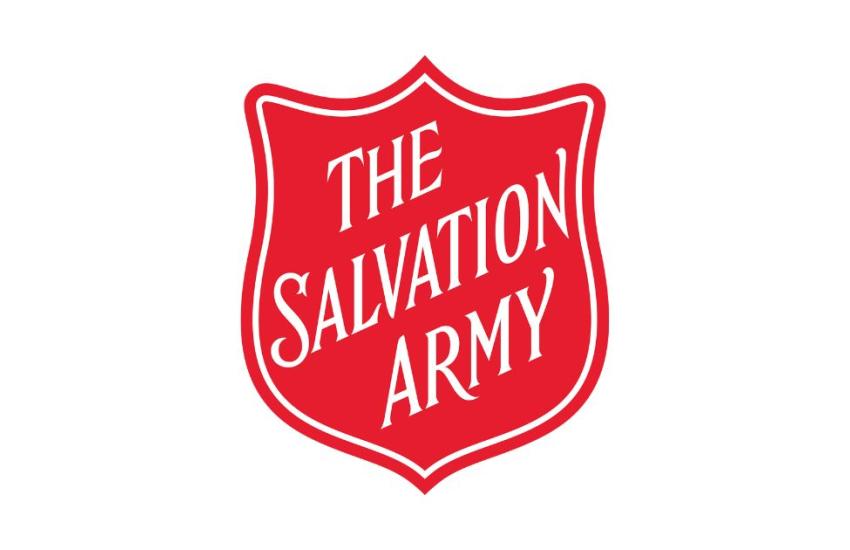Emergencies and disasters come in many shapes and sizes. Some, like the global COVID-19 pandemic, the earthquake in Myanmar and wildfires in the USA, take centre stage in world media attention. Other emergencies touch the lives of thousands yet appear to go unnoticed.
However, one thread runs though many of these events – the response of Salvation Army Emergency Services.
